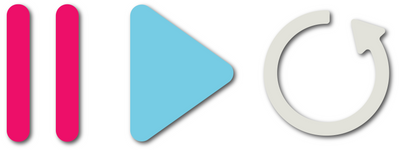

Free EQ Cheat Sheet
Equalization (or “EQing”) is an essential process to a great sounding mix and knowing how to do it right will definitely make your mixes sound better.
When it comes to EQing it’s very important to know the main frequency ranges and how they sound. For examples if you hear that bassline sounds muddy, that’s going to be somewhere in 150Hz – 500Hz range; if the vocal sounds harsh – apply cut somewhere in the 2.5KHz to 4KHz range.
The easiest way to learn these frequency ranges are EQ charts and we’ve made a huge EQ chart for you to learn and grow as a producer. It features general charts that can be applied to any instrument and mix, and you will also find EQ charts for almost all common instruments – from drums and vocal to acoustic guitar and trumpets.
Keep in mind that these frequency charts are just the starting point and you don’t have to follow them exactly. Not all guitars, synths and vocalists sound the same, every track has its own context and unique characteristics so use these charts as a starting point and adjust according to your sounds and mix.
When it comes to EQing it’s very important to know the main frequency ranges and how they sound. For examples if you hear that bassline sounds muddy, that’s going to be somewhere in 150Hz – 500Hz range; if the vocal sounds harsh – apply cut somewhere in the 2.5KHz to 4KHz range.
The easiest way to learn these frequency ranges are EQ charts and we’ve made a huge EQ chart for you to learn and grow as a producer. It features general charts that can be applied to any instrument and mix, and you will also find EQ charts for almost all common instruments – from drums and vocal to acoustic guitar and trumpets.
Keep in mind that these frequency charts are just the starting point and you don’t have to follow them exactly. Not all guitars, synths and vocalists sound the same, every track has its own context and unique characteristics so use these charts as a starting point and adjust according to your sounds and mix.
